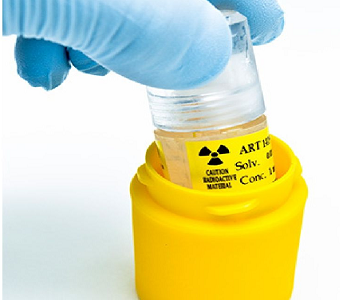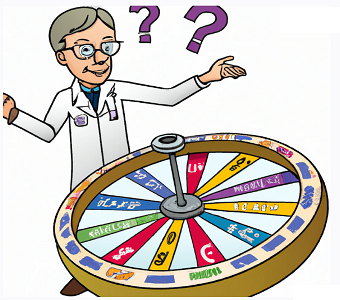CEO Jeremy Levin may be gone from Teva (TEVA), but it’s clear that while his tenure was short, his legacy may be meaningful. The challenge is whether Teva’s board will be able to find a suitable replacement for Levin.
Levin stepped down at the end of October after a mere 18-month tenure. We believe that the resignation stemmed from a disagreement with Teva’s Chairman, Philip Frost, over the appropriate level of commitment to Teva’s multiple sclerosis (MS) drug, Copaxone.
On October 31, 2013, we wrote that Copaxone is facing both patent expiration pressures as well as those from a therapeutic shift in MS treatment from injectibles to orals. Not only do patients prefer the simplicity of oral dosing, insurance companies like that oral medications do not require the high costs associated with specialized handling for injectables.
Levin joined Teva in May 2012 from Bristol-Myers Squibb (BMY) where he successfully used a string of acquisitions to reposition BMY as it lost patent protection for its blockbuster blood thinner, Plavix. The strategy of small acquisitions came to be called “string of pearls.”
Levin planned to use the same “string of pearls” approach to revive Teva in three ways: making small technological and product acquisitions; stepping up Teva’s commitment to internally-developed compounds; and cutting costs. While Levin’s business plan was a dramatic change from Teva’s strategy over the past decade, publicly, Levin appeared to have full Board support as recently as late August.
Most new drugs are developed as “new chemical entities” (NCEs). NCEs have high potential returns but also involve significant costs and risks. Teva estimates that an NCE requires 10-15 years to develop, at a cost of $1-2 billion. Levin planned to unlock value in the Teva pipeline by reformulating or repurposing existing drugs to tackle unmet needs in areas such as HIV and pain. This strategy is referred to as “new therapeutic entities” or NTE. The NTE process is much shorter (3-6 years) and much less expensive ($10-50 million per product).
NTEs usually address market segments where existing drugs are facing generic competition and where existing products have some sort of therapeutic limitation which can be improved through reformulation or other changes. An example is Santarus’ (SNTS) Glumetza, a reformulation of the diabetes drug metformin. Many patients find the generic formulations of metformin difficult to digest – reducing the potential efficacy. Glumetza has a special coating, allowing for better absorption and extended release.
On December 4, 2013, Teva held a webcast with nearly 900 investors to discuss progress with its NTE strategy and the resulting pipeline. In an earlier statement, Teva said it planned to have 10 to 15 drugs internally approved for development this year (2013) and in each subsequent year. The company announced that it hit the high end of its first year target, with 14 new products in development and one approved. The company expects eight of the products in development to be filed with regulators in the next three years and to post risk-adjusted sales of $1.0-1.5 billion in 2018 and $3 billion by 2020.
The NTEs focus on several areas including pain, schizophrenia and glaucoma. In the pain arena, Teva is seeking to develop new formulations for opioid pain relievers such as Oxycontin and Percoset. This class of drugs is highly addictive and subject to abuse. Patches can be put on abraded skin and tablets can be crushed or liquified to speed absorption. Teva’s formulations will be designed so that they will be more abuse-resistant. A company-sponsored survey of managed care payers indicated that they would consider paying $10-20 per day for a product that is abuse-resistant.
Schizophrenia is a challenging condition for physicians and patients alike. Unpleasant side effects and the unpredictable nature of a schizophrenic’s mood make patient compliance an particular challenge. Patients often skip doses of oral medications and the only long-acting drugs on the market is Risperdal Consta (JNJ) a weekly injectable which must be administered in a clinic. Teva seeks to develop a formulation that requires only monthly or quarterly injections.
Glaucoma is the second largest cause of blindness in the Western world and patient compliance is a a problem as treatment requires multiple agents and multiple doses each day. The drugs also have undesirable side effects such as low blood pressure and reduced stamina that may also compromise patient compliance. Teva seeks to develop a once-a-day formulation that combines the two primary treatments for glaucoma in a single solution.
The NTE process is not without its risks including technology, regulatory approval and commercial reimbursement. However, we believe that Teva has the skills and operational scale to get these products to market. The challenge will be whether this well-articulated program will get the continued resources (in terms of funding and management focus) needed to succeed from a company facing the loss of a significant product and potential difficulty attracting a new CEO.




